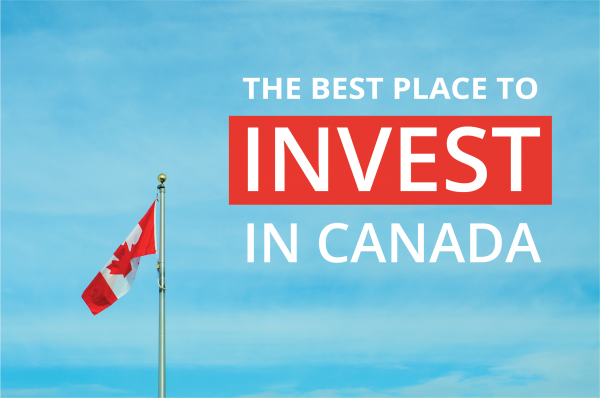When it comes to investing, many beginners find the concept intimidating and overwhelming. With a plethora of investment options and strategies, it’s challenging to know where to start. This article aims to simplify the process and provide a step-by-step guide to investing in Canada as a beginner.
Investing is a crucial way to make your money work for you and potentially build wealth for the future. While investing involves a risk-reward tradeoff, it offers the opportunity for your money to grow over time and potentially outpace inflation. The key to growing your investments lies in time and the power of compounding, which can significantly increase your wealth.
On the other hand, simply holding your money in a savings account often results in minimal returns, usually lower than the inflation rate. This means that your money loses value over time when left in a standard savings account.


Passive investing involves minimal management and often includes index funds or ETFs, ideal for beginners. Active investing requires more time and effort but offers potential for higher returns.
In non-registered accounts, investments are taxed based on capital gains or losses. Capital gains are added to your taxable income, with 50% of the gain considered taxable.
In conclusion, investing in Canada offers a multitude of opportunities for beginners. It’s essential to assess your financial situation, define your goals, and choose the right investment strategy and accounts to meet your needs. With careful planning and a long-term perspective, you can start your investment journey with confidence.
The content provided on Myfinancesguru.com is information to help users become financially literate. It is neither tax nor legal advice, is not intended to be relied upon as a forecast, research or investment advice, and is not a recommendation, offer or solicitation to buy or sell any securities or to adopt any investment strategy. Tax, investment and all other decisions should be made, as appropriate, only with guidance from a qualified professional. We make no representation or warranty of any kind, either express or implied, with respect to the data provided, the timeliness thereof, the results to be obtained by the use thereof or any other matter.